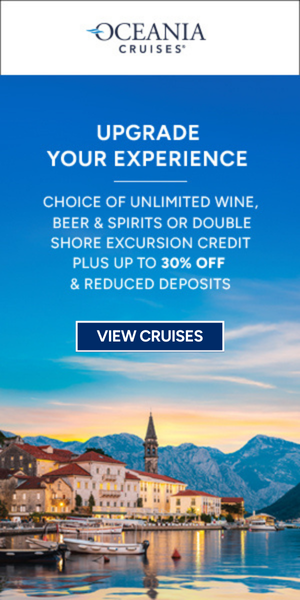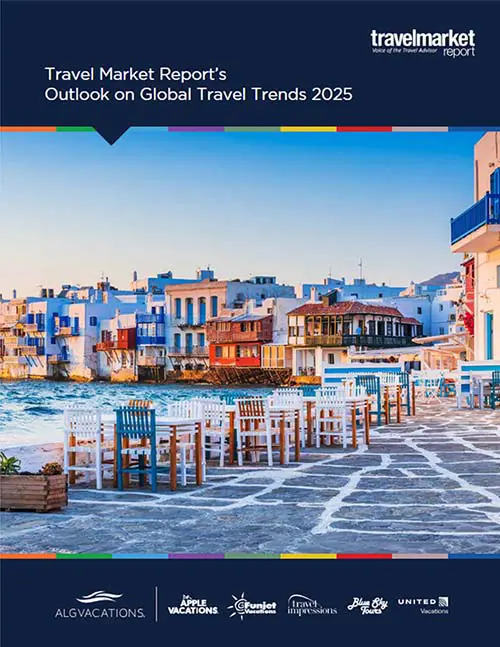Peregrine Adventures Talks Galapagos as First New Build Starts Sailing
by Daniel McCarthy
The Grand Queen Beatriz. Photos: Intrepid Group
The first custom-built expedition ship from Peregrine Adventures started sailing the Galapagos earlier this month. Called Grand Queen Beatriz and named after the matriarch of the Galapagueno family, the ship sails with just 16 guests and 8 crew members, and officially kicked off its season with a 10-day “Classic Galapagos” and six-day “Galapagos Encounter” cruise tour.
Sailing in such a unique and environmentally delicate area, Peregrine has committed itself to conservation as well as a unique guest experience. The ship has solar panels for power generation; sails with a single-use plastic ban; and provides reusable water bottles for all of its guests.
Dianne Muldoon, Peregrine’s brand and product manager, marine, took some time to talk with Travel Market Report about the company’s love of the Galapagos and its dedication to conversation as the new ship debuts.
What makes the Galapagos so unique as a destination?
The wildlife and the island landscapes make the Galapagos so unique. The islands are true oceanic [volcanic] islands, and being so remote has allowed the flora and fauna to develop in a very unique way, evolving and adapting to their surroundings. With many of the animals not having any natural predators, it has allowed them to flourish and has given them a fearlessness when it comes to human visitors. Sea lions will blow bubbles as they swim and dart around you; land iguanas will cross your path without a second look; and giant tortoises will give you an inquisitive glance before continuing their grazing.

How important is a dedication to conservation in an area like the Galapagos, not just for Peregrine, but for any cruise line or travel company?
A dedication to conservation in the Galapagos is extremely important. Ninety-five percent of wildlife in the Galapagos is endemic; and the slightest change in the environment, whether it be from the introduction of alien species [flora and fauna] or climate events, like El Nino, can have a devastating effect. As an operator in the Galapagos, we have very strict guidelines to adhere to, which include: the capacity of the vessel, how many travelers can visit a site at any one time, a set timetable to visit sites and islands, and only having biodegradable products on board. This can be, at times, frustrating for some operators or travelers, as you don’t have the spontaneity like you would in other destinations. However, the payoff is seeing some of the most unique landscapes and rarest animals that the world has to offer.
Is there a risk of the area changing if travel companies aren’t aware and operating by sustainable standards in the Galapagos?
Greatly so. There is a delicate balance at play in the Galapagos. And, where it may take years or decades to see changes in the environment in other areas, in the Galapagos you can see the effects almost immediately. Thankfully, no island can be visited without a qualified Galapagos National Park Guide and these guides are at the forefront of driving home sustainable and responsible travel standards. On a micro level, they will ensure no one wanders off the dedicated walking tracks, removes organic matter or interferes with the wildlife; and on a macro level, they will report anyone breaking the rules or doing anything that will directly impact the environment.
What should travel agents know about Peregrine? What is the onboard experience like?
Peregrine Adventures has been operating sustainable and experience-rich trips for 40 years, and that’s a philosophy that we continue today on the Grand Queen Beatriz. As a newly built boat, she is one of the most energy-efficient boats operating in the Galapagos; and offers a boutique expedition cruising experience (with a capacity of just 16 travelers). She comes equipped with spacious cabins, some with private balconies; an onboard chef; lounge and bar; and a sundeck with an outdoor bar, dining area and a jacuzzi. These comforts are the perfect antidote after a day of open-water snorkeling, volcano treks or island walks.





























